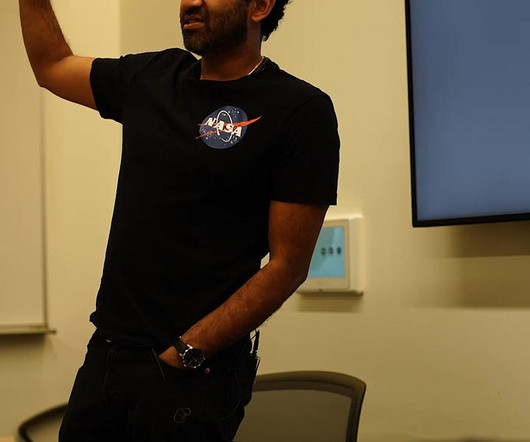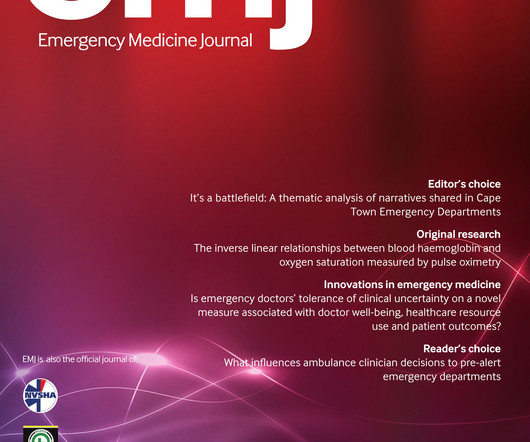ECG Blog #462 — Why so Slow. ?
Ken Grauer, MD
DECEMBER 28, 2024
I was sent the ECG in Figure-1 told only that the patient was an older adult who reported dizziness with activity. QUESTIONS: What is the rhythm? ( HINT: There are at least 4 important findings that should be noted ). Is there AV block? Figure-1: The initial ECG in today's case. ( To improve visualization I've digitized the original ECG using PMcardio ).







































Let's personalize your content